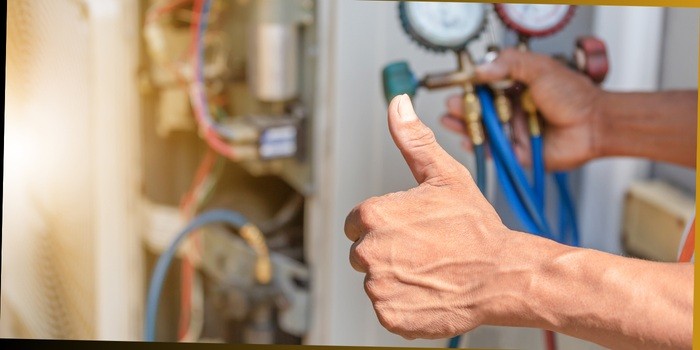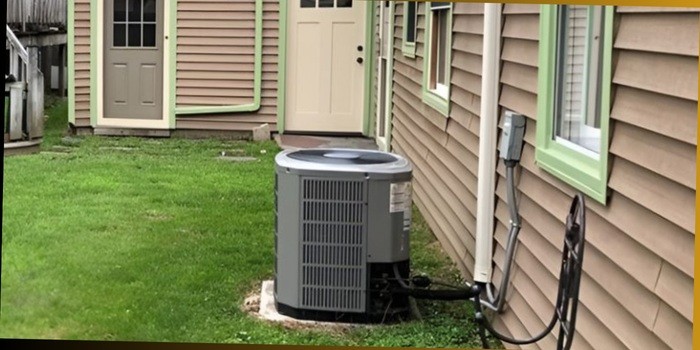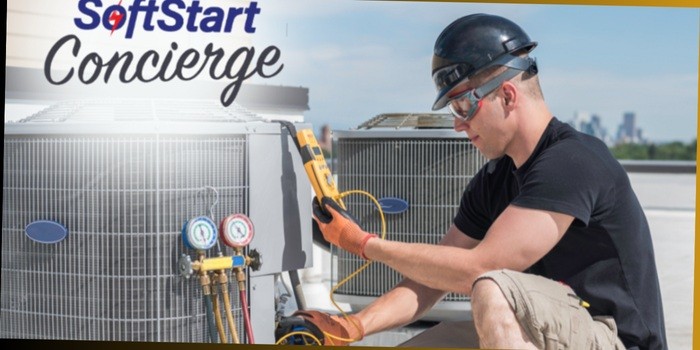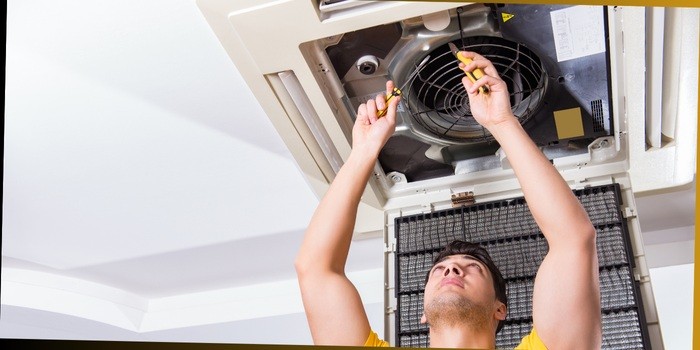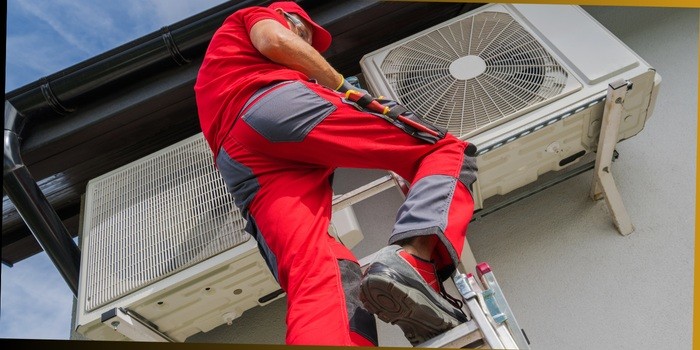An efficient home AC system keeps your house cool. It consists of several key parts.
Understanding these components helps you maintain and troubleshoot your unit effectively. Air conditioning systems are a crucial part of modern homes, especially in warmer climates. The intricate design of these systems ensures that your home remains comfortable during hot seasons.
Knowing the parts of a home AC system can empower you to make informed decisions about maintenance and repairs. This knowledge can also help you communicate better with HVAC professionals, ensuring you get the best service. In this blog, we will explore the essential components of a home AC system, offering insights into their functions and importance. Let’s dive into the details and keep your home cool and comfortable.

Credit: www.amarilloair.com
Compressor
When it comes to keeping your home cool and comfortable, the compressor is a hero of sorts in your AC system. Without this crucial component, your air conditioning unit would be as useful as a chocolate teapot on a hot day. Let’s dive into the nuts and bolts of what makes the compressor tick and why it’s so important for your home’s comfort.
Function And Role
The compressor is often referred to as the heart of your AC system. Why, you ask? Because it pumps refrigerant through the system, much like how your heart pumps blood. Here’s how it works:
- Compressing the Refrigerant: The compressor takes in low-pressure refrigerant gas and compresses it into a high-pressure, high-temperature gas. It’s like squeezing a sponge full of water; as you press harder, the water gets pushed out more forcefully.
- Circulating the Refrigerant: Once compressed, the refrigerant travels through the condenser coils, releasing heat outside. This process helps cool down your home.
- Maintaining Efficiency: By compressing the refrigerant, the compressor ensures that your AC unit operates efficiently, saving you money on energy bills.
In essence, without a functional compressor, your AC would struggle to cool your home, making those summer months unbearable.
Common Issues
Despite being a robust component, compressors can run into trouble. Here are some common issues you might face:
- Loud Noises: If your compressor starts making strange noises, it could be a sign of wear and tear. Think of it like your car’s engine making a clunking noise – not good!
- Overheating: A compressor that overheats can shut down your entire AC system. This can happen if there’s a lack of proper ventilation or if the refrigerant levels are too low.
- Hard Starts: If your compressor struggles to start, it might be due to electrical issues or a failing capacitor. Imagine trying to start a car with a weak battery; it’s a similar scenario.
- Refrigerant Leaks: Leaks can cause the compressor to work harder than it should, leading to premature failure. It’s like trying to fill a bucket with a hole in it – frustrating and inefficient.
Regular maintenance can help catch these issues early. Trust me, you don’t want to wait until your compressor gives up the ghost in the middle of a heatwave!
In conclusion, the compressor is an indispensable part of your home AC system. Understanding its function and being aware of common issues can help you keep your home cool and comfortable all year round. So next time you enjoy a cool breeze from your AC, give a little nod to the hardworking compressor behind the scenes.
Condenser Coil
When it comes to cooling your home, the air conditioning system is your best friend. One of the most crucial parts of this system is the condenser coil. Think of it as the lungs of your AC unit. It helps to release the heat absorbed from inside your home to the outside air, making your house cool and comfortable. Let’s dive into some important aspects of the condenser coil.
Heat Dissipation
The condenser coil is essential for heat dissipation. It works by transferring the heat from the refrigerant gas to the outside air. The refrigerant enters the coil as a hot gas and, with the help of a fan, releases its heat to the surrounding environment. This process cools the gas, turning it back into a liquid. It’s like how our bodies sweat to cool down. Without the condenser coil efficiently dissipating heat, your home would feel like a sauna!
Maintenance Tips
Maintaining your condenser coil is key to ensuring your AC runs smoothly. Here are some simple tips:
- Regular Cleaning: Dirt and debris can accumulate on the coil, reducing its efficiency. Clean the coil at least twice a year.
- Check for Damage: Inspect the coil for any signs of damage or leaks. If you notice anything unusual, call a professional.
- Keep Surroundings Clear: Ensure there’s at least a two-foot clearance around your condenser unit to allow proper airflow.
- Professional Maintenance: Schedule an annual check-up with an HVAC technician. They have the tools and expertise to keep your system in top shape.
By following these tips, you’ll help extend the life of your AC system and keep it running efficiently. Remember, a well-maintained condenser coil is like a well-oiled machine – it keeps things running smoothly and saves you money in the long run.
So, next time you enjoy the cool breeze from your AC, give a little nod to the hardworking condenser coil!
Evaporator Coil
The evaporator coil is a vital component of your home’s air conditioning system. Think of it as the part that helps cool the air that circulates in your home. It’s the unsung hero working behind the scenes to keep you comfortable during those hot summer days. Let’s delve into how it works and the signs that it might need some TLC.
Cooling Process
The cooling process starts when warm air from your home is drawn into the AC system. This air passes over the evaporator coil, which is filled with cold refrigerant. As the air moves over the coil, the refrigerant absorbs the heat from the air, cooling it down. This chilled air is then circulated back into your home, making it feel refreshing and pleasant.
Here’s a simple breakdown of the cooling process:
- Warm air enters the AC system.
- Air passes over the evaporator coil.
- Refrigerant inside the coil absorbs heat.
- Chilled air is sent back into your home.
Imagine the evaporator coil as a sponge soaking up the heat from the air. Without this coil, your AC system wouldn’t be able to cool your home effectively. Fascinating, isn’t it?
Signs Of Wear
Just like any other part of your home, the evaporator coil can show signs of wear and tear. It’s important to know these signs so you can address them promptly.
Here are a few signs to watch out for:
- Frozen Coil: If you notice ice forming on the coil, it could mean there’s a problem with airflow or refrigerant levels.
- Warm Air: If your AC is blowing warm air instead of cold, the coil might be dirty or damaged.
- Unusual Noises: Strange sounds from your AC can indicate issues with the coil or other parts of the system.
- Higher Energy Bills: A worn-out coil can cause your AC to work harder, leading to increased energy costs.
Regular maintenance can help prevent these issues. A clean coil ensures efficient cooling and a longer lifespan for your AC system.
Next time you enjoy the cool air from your AC, remember the hardworking evaporator coil making it all possible. It’s truly the heart of the cooling process!
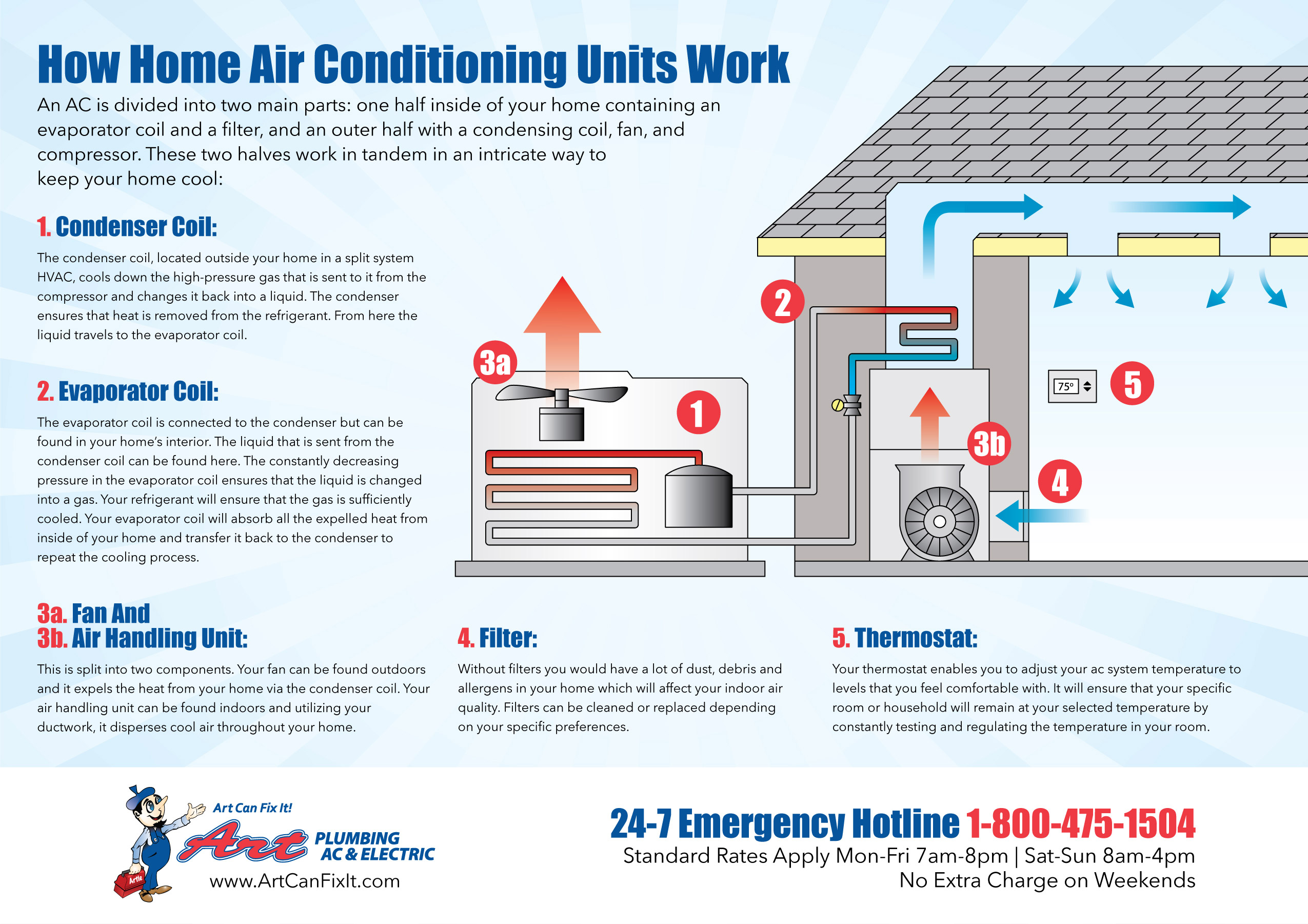
Credit: www.artplumbingandac.com
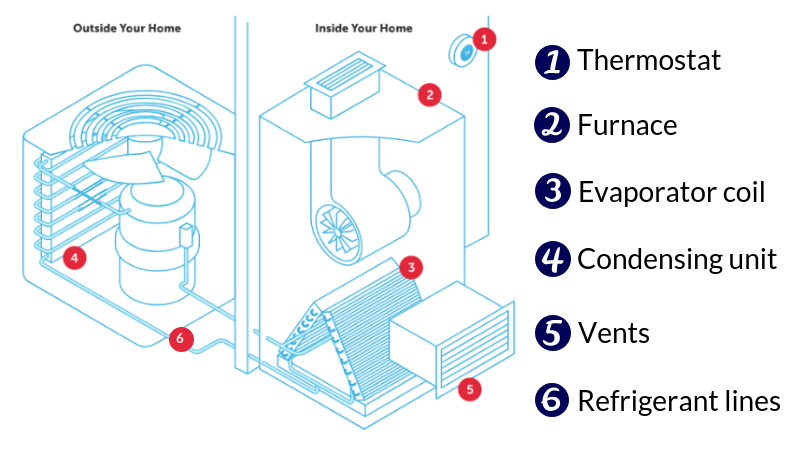
Credit: msco.pro
Frequently Asked Questions
What Are The Main Components Of The Ac System?
The main components of an AC system are the compressor, condenser, evaporator, expansion valve, and refrigerant.
What Are The Basic Ac Parts?
The basic AC parts include the compressor, condenser coil, evaporator coil, expansion valve, and blower motor.
What Is The Most Expensive Part To Replace On An Ac Unit?
The compressor is often the most expensive part to replace on an AC unit. It can cost between $1,200 and $2,800.
What Is The Outside Part Of An Ac Unit Called?
The outside part of an AC unit is called the condenser unit. It contains the compressor, condenser coil, and fan.
What Are The Main Parts Of A Home Ac System?
The main parts include the compressor, condenser, evaporator, expansion valve, and refrigerant.
Conclusion
Understanding the parts of a home AC system helps in maintaining it. Regular maintenance ensures it works efficiently. Clean filters and coils extend its life. Check the thermostat settings. This saves energy and reduces costs. Remember to schedule professional check-ups.
This keeps your home cool and comfortable. A well-maintained AC system avoids unexpected breakdowns. Keep these tips in mind. Enjoy a cool, pleasant home environment year-round.

